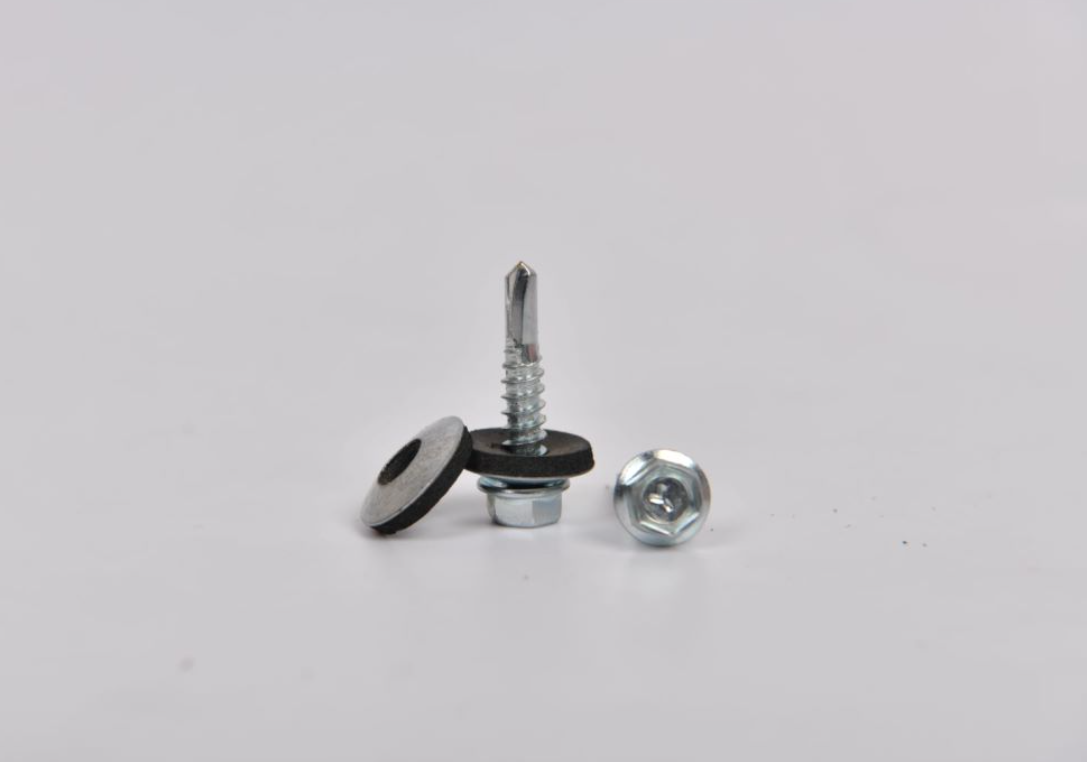Understanding the Definition and Functionality of Spring Washers in Various Applications
Understanding Spring Washers Definition, Purpose, and Applications
Spring washers are essential fasteners in mechanical engineering and construction, serving critical roles in various applications. Though simple in design, their functionality is profound, making them indispensable in numerous industries. This article explores the definition of spring washers, their purpose, and their applications in everyday use.
Definition of Spring Washers
A spring washer is a type of washer made from elastic materials, such as steel, typically characterized by its curved shape. This curvature allows the washer to exert a spring force when compressed between two objects. The most common type is the split washer, often referred to as a lock washer. However, many variations exist, including conical washers and wave washers, each designed for specific functions.
Spring washers are generally used alongside a bolt or screw to secure two components together. By maintaining tension and absorbing vibration, they prevent loosening due to dynamic loads, vibrations, or thermal expansion and contraction. The flexibility inherent in their design allows them to adapt to different operating conditions while preserving the integrity of the assembly.
Purpose of Spring Washers
The primary purpose of a spring washer is to provide tension in bolted joints, ensuring that the fastener remains secure over time. This is especially critical in high-stress applications where vibrations and shifts can lead to loosening. When a bolt is tightened, the spring washer compresses, creating a force that counters the external loads attempting to loosen the connection.
Another significant role of spring washers is to accommodate thermal expansion. In environments where components undergo temperature fluctuations, such as engines or industrial machinery, materials expand and contract. Spring washers help manage these changes, maintaining a secure connection even as physical dimensions shift.
spring washer definition product

Additionally, these washers enhance friction between the surfaces they contact, helping to prevent slippage. This is particularly useful in mechanical applications like automotive assemblies, where maintaining the integrity of joints is vital for performance and safety.
Applications of Spring Washers
Spring washers are found in a myriad of applications across various industries. In automotive engineering, they are commonly used in the assembly of engines, suspensions, and other critical systems by ensuring that fasteners remain tight despite continuous vibrations.
In construction, spring washers are integral to steel structures, machinery, and heavy equipment, where they help maintain secure connections despite variable loads and environmental factors. They are also prevalent in electronic devices, where maintaining contact in circuit connections is necessary for optimal functionality.
Furthermore, spring washers find their application in consumer products as well. From appliances to furniture assembly, they play a key role in ensuring stability and performance, often going unnoticed by end users.
Conclusion
In summary, spring washers are more than just simple fasteners; they are critical components that enhance the reliability and durability of assembled products. By providing tension, accommodating thermal changes, and preventing loosening through vibrations, they ensure that mechanical systems function as intended. Understanding the importance of spring washers is essential for anyone involved in engineering, manufacturing, or construction, as they are foundational to the integrity of many devices and structures we rely on every day. Whether in industrial machinery or household items, the impact of spring washers cannot be overstated, representing a remarkable blend of simplicity and functionality in engineering design.
-
Top Choices for Plasterboard FixingNewsDec.26,2024
-
The Versatility of Specialty WashersNewsDec.26,2024
-
Secure Your ProjectsNewsDec.26,2024
-
Essential Screws for Chipboard Flooring ProjectsNewsDec.26,2024
-
Choosing the Right Drywall ScrewsNewsDec.26,2024
-
Black Phosphate Screws for Superior PerformanceNewsDec.26,2024
-
The Versatile Choice of Nylon Flat Washers for Your NeedsNewsDec.18,2024










